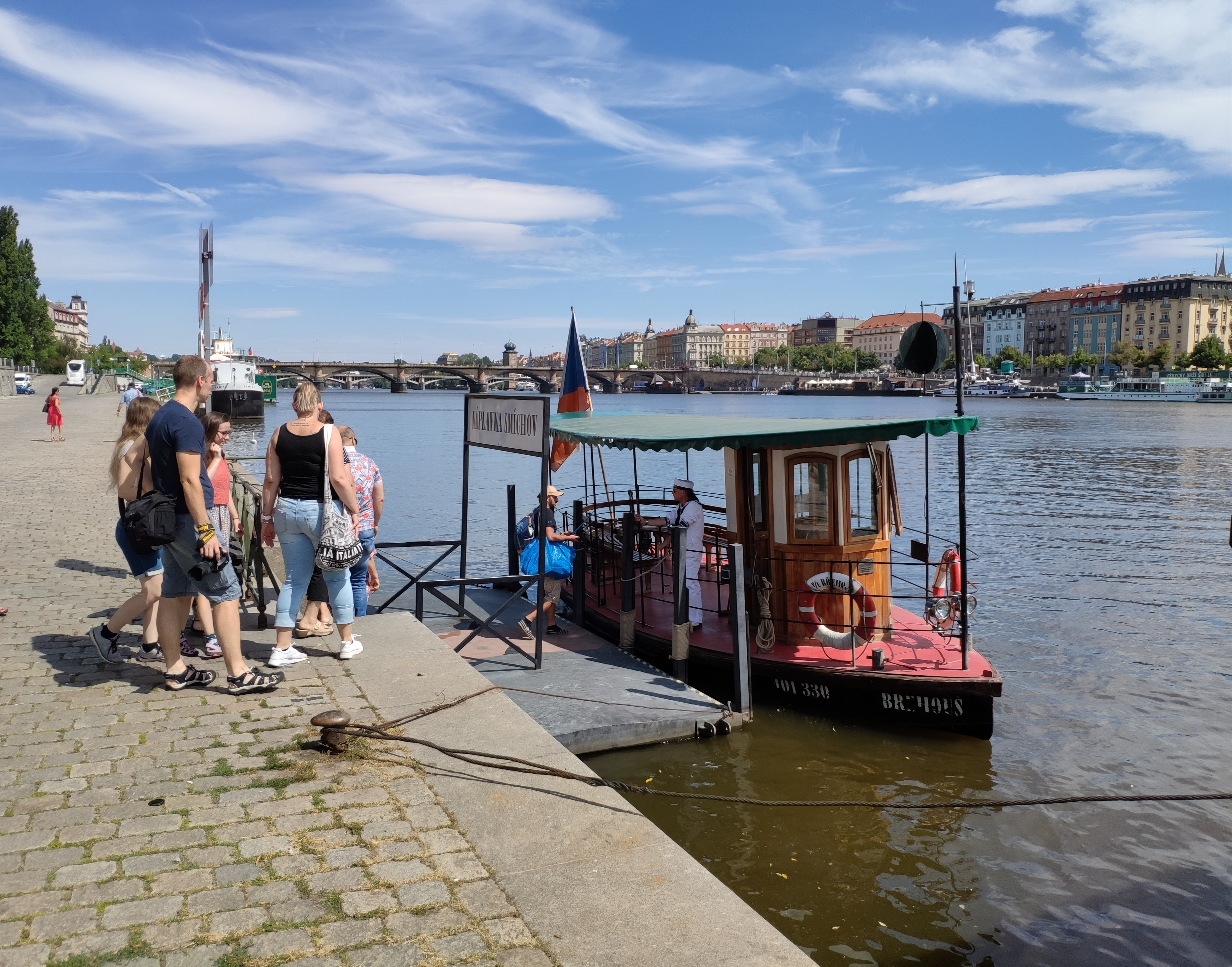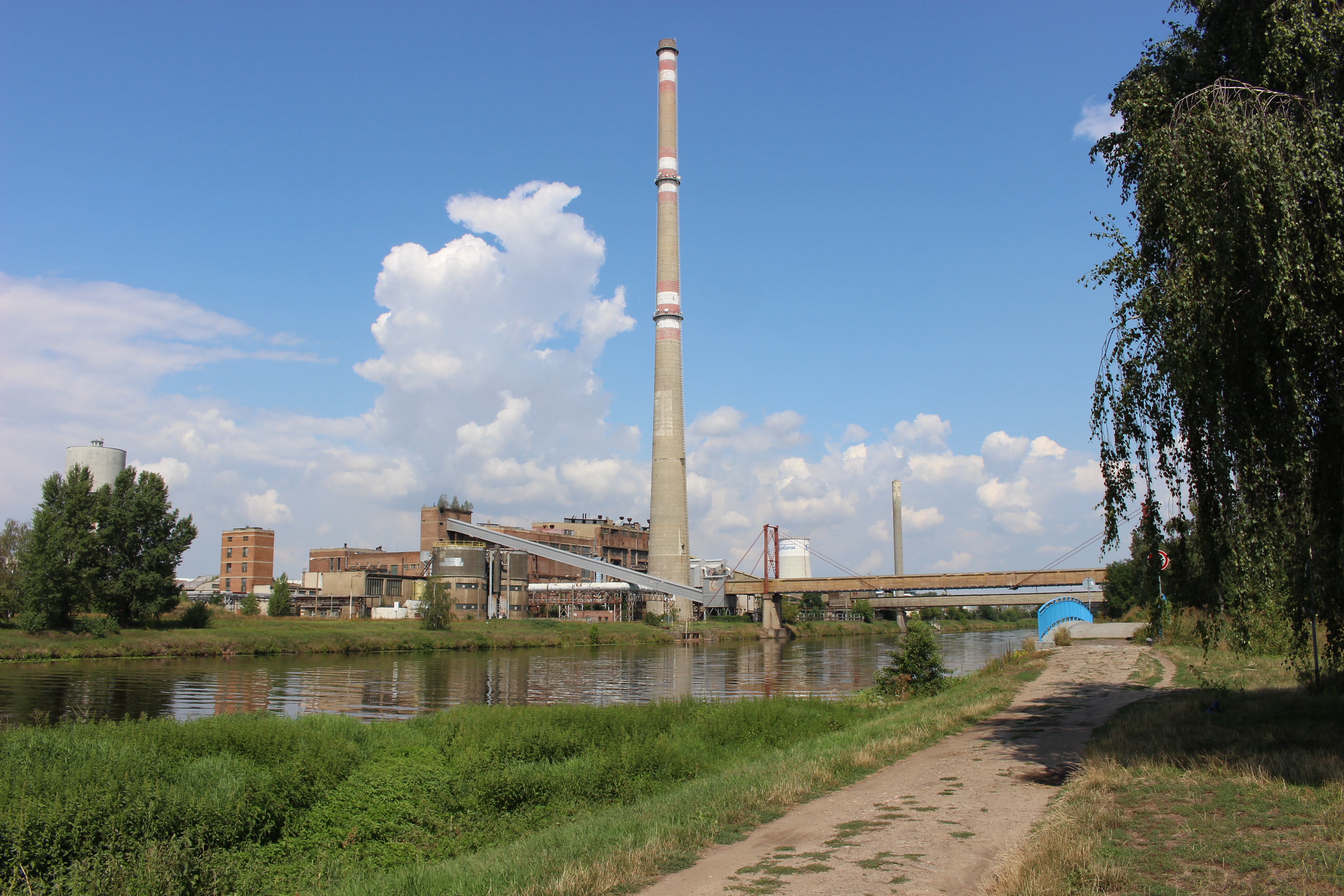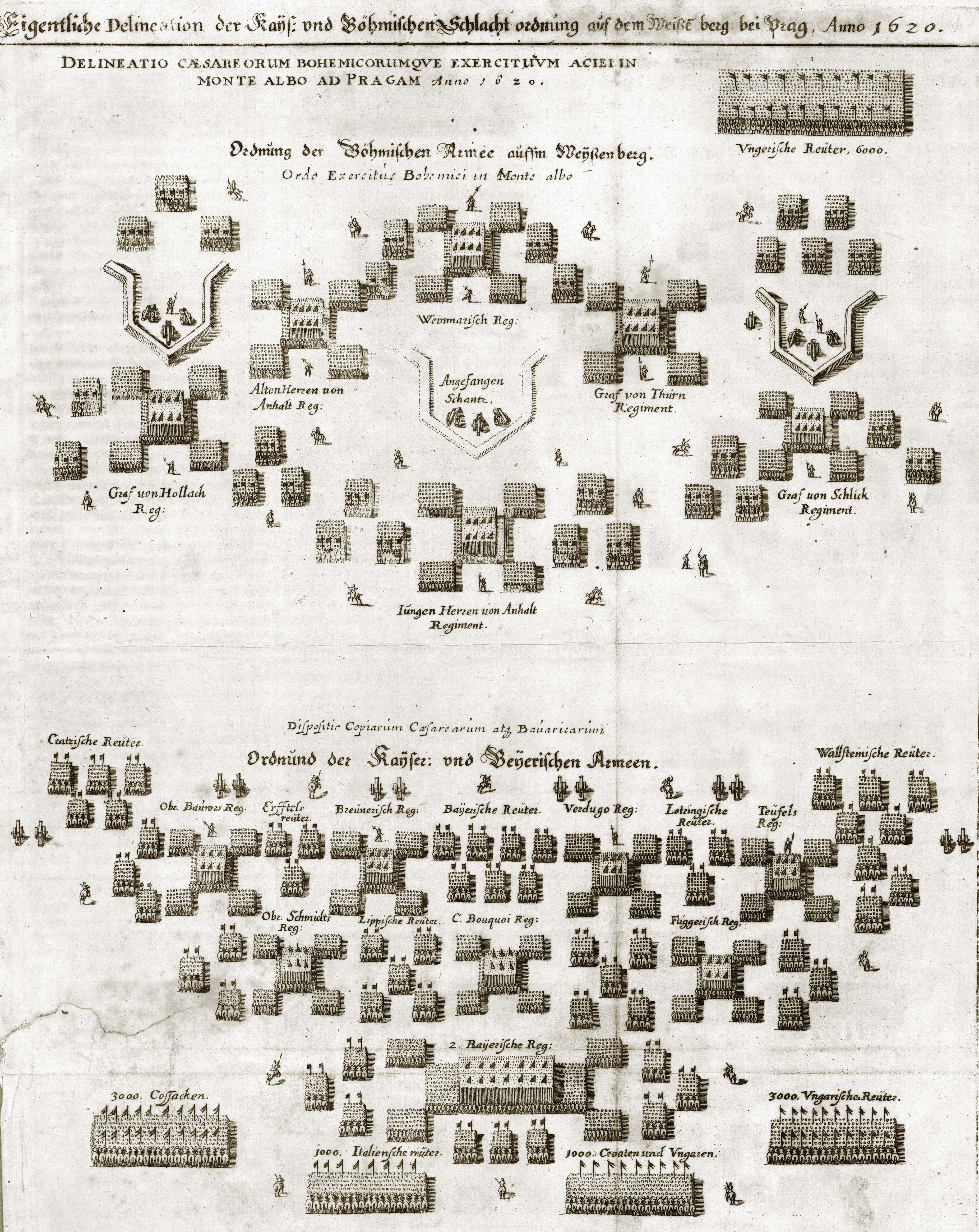|
Obříství
Obříství is a municipality and village in Mělník District in the Central Bohemian Region of the Czech Republic. It has about 1,700 inhabitants. Administrative division Obříství consists of three municipal parts (in brackets population according to the 2021 census): *Obříství (1,081) *Dušníky (408) *Semilkovice (78) Geography Obříství is located about south of Mělník and north of Prague. It lies in a flat landscape in the Central Elbe Table. The municipality is situated on the left bank of the Elbe River. The Vltava River forms the northern municipal border and the confluence of the Elbe and Vltava is located just outside the municipality. History The first written mention of Obříství is from 1290. Before 1420, the village was acquired by Mikuláš Chudý, the founder of the Lobkowicz family. The family owned Obříství until 1542. After the village changed hands several times, in 1618 it was bought by the knight Václav Pětipeský, but his properties were ... [...More Info...] [...Related Items...] OR: [Wikipedia] [Google] [Baidu] |
Mělník District
Mělník District () is a Okres, district in the Central Bohemian Region of the Czech Republic. Its capital is the town of Mělník. Administrative division Mělník District is divided into three Districts of the Czech Republic#Municipalities with extended competence, administrative districts of municipalities with extended competence: Mělník, Kralupy nad Vltavou and Neratovice. List of municipalities Towns are marked in bold and market towns in ''italics'': Býkev - Byšice - Čakovičky - Čečelice - Chlumín - Chorušice - Chvatěruby - Cítov - Dobřeň - Dolany nad Vltavou - Dolní Beřkovice - Dolní Zimoř - Dřínov (Mělník District), Dřínov - Hořín - Horní Počaply - Hostín - Hostín u Vojkovic - Jeviněves - Kadlín - Kanina (Mělník District), Kanina - Kly (Mělník District), Kly - Kojetice (Mělník District), Kojetice - Kokořín - Kostelec nad Labem - Kozomín - Kralupy nad Vltavou - Ledčice - Lhotka (Mělník District), Lhotka - Liběchov - Libiš - ... [...More Info...] [...Related Items...] OR: [Wikipedia] [Google] [Baidu] |
Obec
(, ; plural ) is the Czech and Slovak word for a municipality (in the Czech Republic, in Slovakia and abroad). The literal meaning of the word is " commune" or " community". It is the smallest administrative unit that is governed by elected representatives. Cities and towns are also municipalities. Definition The legal definition (according to the Czech code of law with similar definition in the Slovak code of law) is: ''"The municipality is a basic territorial self-governing community of citizens; it forms a territorial unit, which is defined by the boundary of the municipality."'' Every municipality is composed of one or more cadastral areas. Every municipality is also composed of one or more municipal parts (), which are usually town quarters or villages. A municipality can have its own flag and coat of arms. Czech Republic Almost the entire area of the Czech Republic is divided into municipalities, with the only exception being military training areas. The smaller mu ... [...More Info...] [...Related Items...] OR: [Wikipedia] [Google] [Baidu] |
Vltava
The Vltava ( , ; ) is the longest river in the Czech Republic, a left tributary of the Elbe River. It runs southeast along the Bohemian Forest and then north across Bohemia, through Český Krumlov, České Budějovice, and Prague. It is commonly referred to as the "Czech national river". Etymology Both the Czech name ' and the German name ' are believed to originate from the old Germanic words ' 'wild water' (compare Latin '). In the ' (872 AD) it is called '; from 1113 AD it is attested as '. In the ' (1125 AD) it is attested for the first time in its Bohemian form, '. Course The Vltava originates by a confluence of two rivers, the Teplá Vltava, which is longer, and the Studená Vltava, originating in Bavaria. From a water management point of view, the Vltava and Teplá Vltava are one river with single numbering of river kilometres. The Teplá Vltava originates in the territory of Kvilda in the Bohemian Forest at an elevation of , on the slope of the Čern� ... [...More Info...] [...Related Items...] OR: [Wikipedia] [Google] [Baidu] |
Bedřich Smetana
Bedřich Smetana ( ; ; 2 March 1824 – 12 May 1884) was a Czech composer who pioneered the development of a musical style that became closely identified with his people's aspirations to a cultural and political "revival". He has been regarded in his homeland as the father of Czech music. Internationally he is best known for his 1866 opera '' The Bartered Bride'' and for the symphonic cycle '' Má vlast'' ("My Fatherland"), which portrays the history, legends and landscape of the composer's native Bohemia. It contains the famous symphonic poem "Vltava", also popularly known by its German name "Die Moldau" (in English, "The Moldau"). Smetana was naturally gifted as a composer, and gave his first public performance at the age of six. After conventional schooling, he studied music under Josef Proksch in Prague. His first nationalistic music was written during the 1848 Prague uprising, in which he briefly participated. After failing to establish his career in Prague, he left fo ... [...More Info...] [...Related Items...] OR: [Wikipedia] [Google] [Baidu] |
Neratovice
Neratovice (; ) is a town in Mělník District in the Central Bohemian Region of the Czech Republic. It has about 16,000 inhabitants. It is an industrial town, known especially for the Spolana chemical plant. Administrative division Neratovice consists of six municipal parts (in brackets population according to the 2021 census): *Neratovice (13,715) *Byškovice (382) *Horňátky (38) *Korycany (298) * Lobkovice (813) *Mlékojedy (620) Etymology The settlement was originally named Neradice. The name was derived from the personal name Nerad, meaning "the village of Nerad's people". At the turn of the 14th and 15th centuries, it was distorted to Neratovice. Geography Neratovice is located about north of Prague. It lies in a flat landscape in the Central Elbe Table. The highest point is at above sea level. The Elbe River flows through the town. The stream Košátecký potok flows into the Elbe on the northern border of Neratovice. A notable body of water is the flooded sandstone ... [...More Info...] [...Related Items...] OR: [Wikipedia] [Google] [Baidu] |
Kralupy Nad Vltavou
Kralupy nad Vltavou (; ) is a town in Mělník District in the Central Bohemian Region of the Czech Republic. It has about 19,000 inhabitants. It is known as a traffic hub and industrial agglomeration. Administrative division Kralupy nad Vltavou consists of five municipal parts (in brackets population according to the 2021 census): *Kralupy nad Vltavou (8,882) *Lobeček (5,715) *Mikovice (2,133) *Minice (1,043) *Zeměchy (602) Etymology The name Kralupy is derived from the Czech words (meaning 'to peel bark'). Bark was peeled here for the ooze for tanning leather. Geography Kralupy nad Vltavou is located about north of Prague. It lies on the border between three geomorphological regions: Central Elbe Table in the northeast, Lower Ohře Table in the northwest, and Prague Plateau in the south. The highest point is at above sea level. The Vltava River flows through the town. History The first written reliable mention of Kralupy is from 1253. It was originally a village by the ... [...More Info...] [...Related Items...] OR: [Wikipedia] [Google] [Baidu] |
2002 European Floods
In August 2002, a week of intense rainfall produced flooding across a large portion of Europe. It reached the Czech Republic, Italy, Spain, Austria, Germany, Slovakia, Hungary, Romania, Bulgaria, Croatia, Ukraine and Russia. The event killed 232 people and left (US$27.115 billion) in damage. The flood was of a magnitude expected to occur roughly once a century. Flood heights unknown since St. Mary Magdalene's flood were recorded. Development Flooding resulted from the passage of two Genoa low pressure systems (named Hanne and Ilse by the Free University of Berlin) which brought warm moist air from the Mediterranean northwards. The effects of El Niño may have contributed. The floods gradually moved eastwards along the Danube, although the damage in the large cities on its shores was not as severe as in the areas affected by the floods later. When the rainfall moved northeast to the Bohemian Forest and the source areas of the Elbe and Vltava rivers, the results w ... [...More Info...] [...Related Items...] OR: [Wikipedia] [Google] [Baidu] |
Thirty Years' War
The Thirty Years' War, fought primarily in Central Europe between 1618 and 1648, was one of the most destructive conflicts in History of Europe, European history. An estimated 4.5 to 8 million soldiers and civilians died from battle, famine, or disease, while parts of Germany reported population declines of over 50%. Related conflicts include the Eighty Years' War, the War of the Mantuan Succession, the Franco-Spanish War (1635–1659), Franco-Spanish War, the Torstenson War, the Dutch-Portuguese War, and the Portuguese Restoration War. The war had its origins in the 16th-century Reformation, which led to religious conflict within the Holy Roman Empire. The 1555 Peace of Augsburg attempted to resolve this by dividing the Empire into Catholic and Lutheran states, but the settlement was destabilised by the subsequent expansion of Protestantism beyond these boundaries. Combined with differences over the limits of imperial authority, religion was thus an important factor in star ... [...More Info...] [...Related Items...] OR: [Wikipedia] [Google] [Baidu] |
Městys
Městys (or, unofficially or obsolete, městečko iterally "small town", translated as " market town", is a status conferred on certain municipalities in the Czech Republic, lying in terms of size and importance higher than that of simple ''obec'' (municipality) but lower than that of ''město'' (city, town). Historically, a ''městys'' was a locality that had the right to stage livestock markets (and some other "extraordinary" and annual markets), and it is therefore translated as "market town". The term went out of official use in Czechoslovakia in 1954 but was reintroduced in the Czech Republic in 2006. As of September 2020, there are 228 municipalities on which the status of ''městys'' has been re-admitted. In all cases, these are municipalities that have requested the return of their former title. This title has not been newly awarded to any municipality that would not have it in the past—the law does not even set any specific criteria for it, only procedural competenc ... [...More Info...] [...Related Items...] OR: [Wikipedia] [Google] [Baidu] |
Polyxena Of Lobkowicz
Polyxena of Lobkowicz (1566 – 24 May 1642) was a politically active Czech noble and styled Princess of the House of Lobkowicz. She played an important role as the channel between the noble families of Bohemia and the imperial court in Vienna through her connection with the Spanish envoy during the counter-reformation in Bohemia after 1618. Life Born into an ancient House of Pernšejn, she was the daughter of the Imperial High Chancellor of Bohemia, Vratislav II of Pernštejn (1530–1582), and his wife, Maria Maximiliana Manrique de Lara y Mendoza (1538-1608), a Spanish noblewoman. Maria brought with her from Spain a statue of the Child Jesus, which she had received as a wedding present. It became well known for its purported miraculous healing powers. Maria Pernštejn presented the statue to her daughter, upon Polyxena's marriage to the High Burgrave Wilhelm von Rosenberg in 1587. William died in 1592. In 1603, the widowed Polyxena remarried the Imperial High Chancellor ... [...More Info...] [...Related Items...] OR: [Wikipedia] [Google] [Baidu] |
Battle Of White Mountain
The Battle of White Mountain (; ) was an important battle in the early stages of the Thirty Years' War. It led to the defeat of the Bohemian Revolt and ensured Habsburg control for the next three hundred years. It was fought on 8 November 1620. An army of 21,000 Bohemians and mercenaries under Christian of Anhalt was defeated by 23,000 men of the combined armies of Ferdinand II, Holy Roman Emperor, led by Charles Bonaventure de Longueval, Count of Bucquoy, and the German Catholic League led by Johann Tserclaes, later Count of Tilly, at Bílá Hora ("White Mountain") near Prague. Bohemian casualties were not severe but their morale collapsed and Imperial forces occupied Prague the next day. Prelude In the early 17th century most of the Bohemian estates, although under the dominion of the predominantly Catholic Holy Roman Empire, had large Protestant populations, and had been granted rights and protections allowing them varying degrees of religious and political freedom. I ... [...More Info...] [...Related Items...] OR: [Wikipedia] [Google] [Baidu] |
Lobkowicz Family
The House of Lobkowicz (''Lobkovicové'' in modern Czech, sg. ''z Lobkovic''; ''Lobkowitz'' in German) is an important Bohemian noble family that dates back to the 14th century and is one of the oldest noble families of the region. Over the centuries, the family expanded their possessions through marriage with the most powerful families of the region, which resulted in gaining vast territories all across central Europe. Due to that, the family was also incorporated into the German, Austrian and Belgian nobility. History The first Lobkowiczs were members of the gentry of north-eastern Bohemia in the late 14th century. On 3 August 1459 they were granted the title of Freiherr. In the 17th century, members of the family were awarded with the title of Prince, which was granted to them on 17 October 1623 by Ferdinand II, Holy Roman Emperor. In 1786, Emperor Joseph II further ennobled the 7th Prince when he created him Duke of Roudnice (''Herzog von Raudnitz'' in German, ''vévoda ... [...More Info...] [...Related Items...] OR: [Wikipedia] [Google] [Baidu] |







